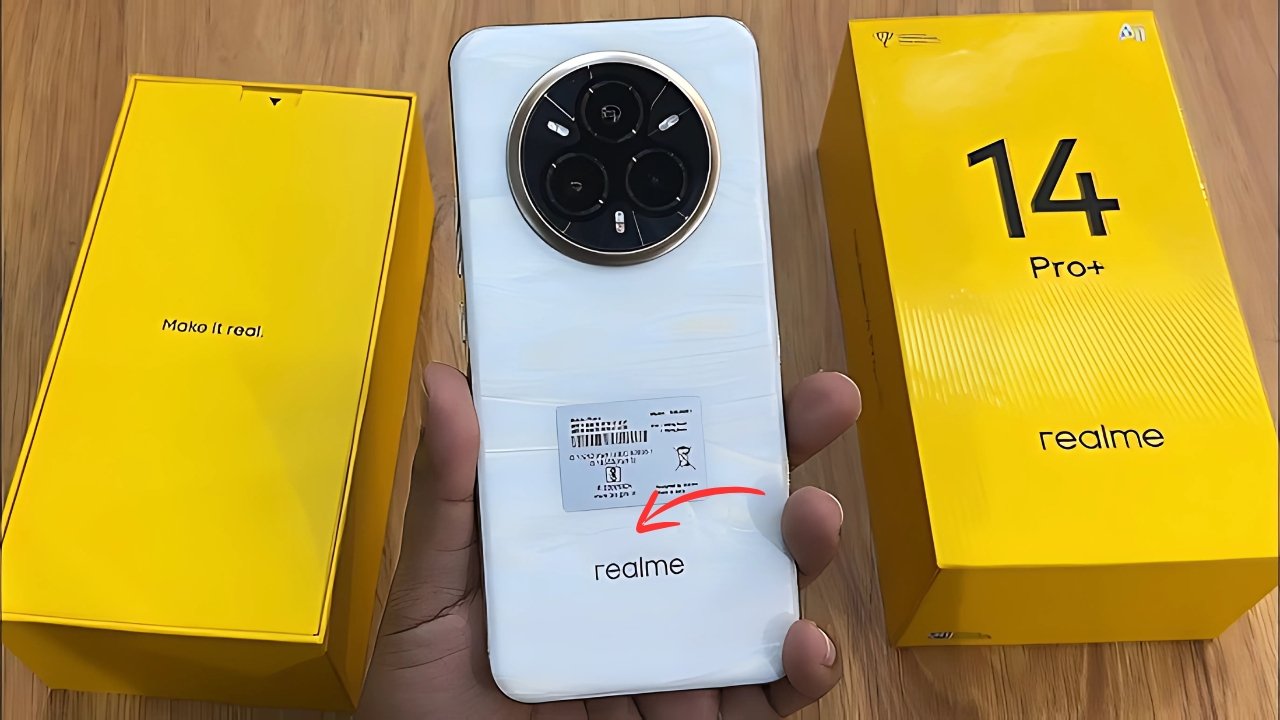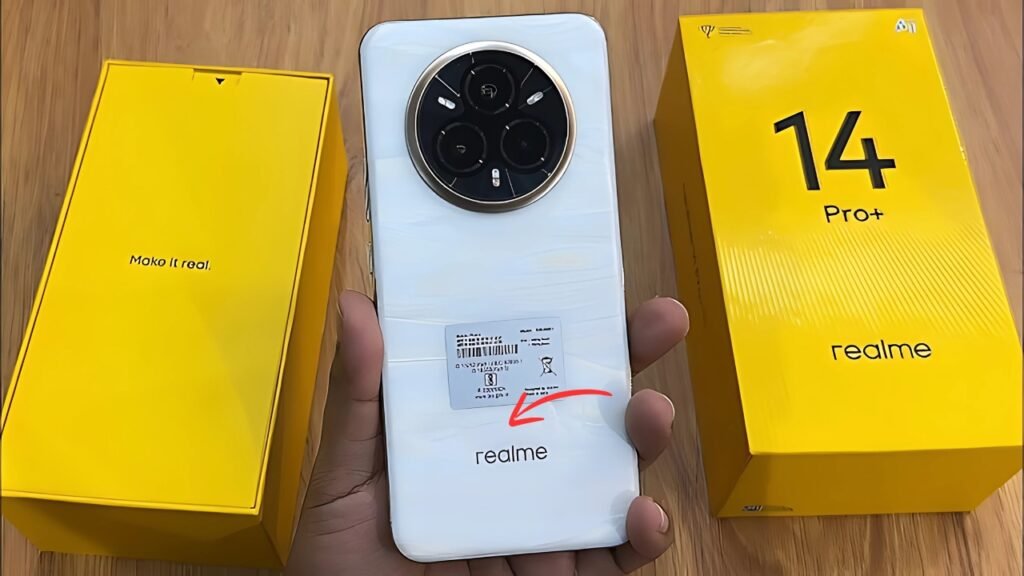Realme 14 Pro Plus 5G: The smartphone landscape receives another ambitious entry as Realme introduces the 14 Pro Plus 5G, a device that reveals the inherent tensions between aggressive pricing strategies and meaningful quality improvements that consumers increasingly demand from mid-range alternatives. This release highlights the mounting challenges facing newer manufacturers attempting to establish premium credibility while maintaining the cost advantages that originally fueled their market penetration success.
Construction Quality Reveals Budget Manufacturing Priorities
Realme has approached the 14 Pro Plus 5G’s build quality with visible cost-cutting measures that become apparent through tactile feedback and long-term usage scenarios. While the device incorporates premium-looking materials in marketing presentations, real-world handling reveals construction choices that prioritize visual appeal over structural integrity and long-term durability considerations.
The curved glass implementation, though aesthetically pleasing, introduces practical usability issues including increased fragility and accidental touch problems that interrupt normal smartphone operations. Color options appear impressive initially but show concerning tendencies toward fading and wear patterns that become noticeable within months of typical usage scenarios.
Assembly tolerances demonstrate inconsistencies that suggest quality control challenges during mass production processes. These variations become particularly apparent when comparing multiple units, revealing manufacturing processes that haven’t achieved the consistency levels that premium positioning requires for sustained market credibility.

Performance Architecture Shows Optimization Limitations
The Snapdragon 7 Gen 3 processor, while capable on paper, demonstrates concerning performance inconsistencies during real-world usage scenarios that expose software optimization shortcomings. Gaming performance shows significant frame rate variations and thermal throttling issues that interrupt competitive gaming experiences and intensive application usage.
Multitasking capabilities reveal memory management problems where background applications frequently require reloading, creating inefficient user experiences that waste time and interrupt workflow productivity. These issues become particularly problematic during intensive usage scenarios where users expect seamless performance transitions between demanding applications.
Thermal management shows troubling tendencies toward excessive heating during sustained performance loads, creating uncomfortable handling conditions and potentially affecting long-term component reliability that consumers depend upon for extended ownership periods.
Camera Marketing Exceeds Actual Performance Delivery
Despite aggressive marketing claims about photography capabilities, the camera system consistently underdelivers across multiple usage scenarios. The 200MP main sensor frequently produces images with obvious processing artifacts and unnatural color reproduction that require extensive post-editing to achieve acceptable quality for professional or social media usage.
Low-light performance proves particularly disappointing, with significant noise and detail loss that makes evening photography frustrating for users expecting reliable camera performance based on specification sheets and marketing materials. Portrait mode functionality relies on primitive algorithms that produce artificial-looking results with frequent edge detection errors.
The ultra-wide camera shows dramatic quality degradation compared to the main sensor, creating inconsistent photographic experiences that undermine confidence in the overall camera system reliability and professional capability claims.
Software Experience Reveals Maturity Issues
The user interface demonstrates concerning stability issues and software optimization problems that interrupt daily smartphone usage through unexpected crashes and performance slowdowns. Update delivery remains inconsistent compared to established manufacturers, creating security and feature update anxiety among users who expect reliable long-term software support.
Bloatware installation exceeds reasonable levels, consuming storage space and system resources while creating cluttered user experiences that require significant customization efforts to achieve acceptable usability standards.
iPhone 12 Pro – full premium design smartphone launch with high power processor
Battery Performance Disappoints Despite Capacity Claims
Real-world battery endurance falls short of marketing promises due to inefficient software optimization and power management systems that drain capacity more rapidly than competing devices with similar specifications, often requiring multiple daily charging sessions during moderate usage patterns.
Realme 14 Pro Plus 5G Market Strategy Reveals Brand Positioning Confusion
Realme appears uncertain about the 14 Pro Plus 5G’s target demographic, creating a device that attempts to serve premium market segments without delivering the quality consistency and user experience refinement that discerning consumers expect from genuinely premium smartphone alternatives.
